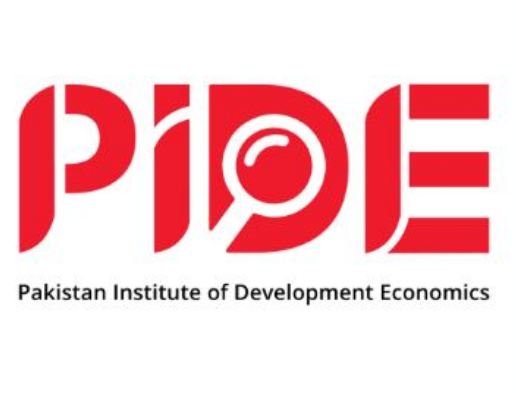ISLAMABAD, JAN 26 /DNA/ – The Pakistan Institute of Development Economics (PIDE) has unveiled an in-depth study on the Grievance Redressal (GR) system of the Sehat Sahulat Program (SSP). This landmark program, which provides health insurance to over 7.9 million families across 68 districts in Pakistan, has emerged as a crucial lifeline for Pakistan’s marginalized communities. Supported by the Alliance for Health Policy and Systems Research, World Health Organization (WHO), the study highlights the program’s successes, critical insights into strengthening grievance mechanisms to ensure its sustainability and greater efficiency.
Authored by Dr. Shujaat Farooq, Director Research PIDE, and Nabila Kunwal, Research Fellow PIDE, the report commends SSP’s efforts in ensuring access to healthcare for marginalized populations and highlights its role in reducing the burden of catastrophic health expenditures. It acknowledges the program’s strong foundation but notes that as it evolves, the grievance redressal system (GRS) must also adapt to meet the growing needs of beneficiaries.
According to the Press Release issued from PIDE, the study underscores the importance of establishing a comprehensive and structured grievance redressal system to address challenges in service delivery and ensure timely resolution of complaints. Key observations include the need for a standardized framework to tackle issues such as enrolment difficulties, denial of services, and limited empanel hospitals.
Currently, there are limited options for a citizen to register a complaint or acquire information about program. The sole source to register the complaint is the call center, and it requires consistent upgradation and adequate staffing. The program requires a centralized complaint management system (ICMS) to efficiently handle the complaints.
At the design level, the SSP needs to improve various areas, i.e., build a national consensus on the federal-provincial role and promote competition in service delivery as there is a single vendor right now (State Life Insurance Corporation). The government has to opt a principal decision on financing inpatient financing to public hospitals as both the insurance and financing is not viable simultaneously. Ideally the public hospitals should compete with the private hospitals to finance their inpatient expenses. The program should not pay the premium for all citizens and opt some co-payment formulas to optimize public resources, i.e., the government should pay the premium of only poor households.
Currently, a limited number of hospitals are onboard for inpatient services, and many of them opt for a ‘pick and choose behavior’. To incentivize, the treatment packages must be market-based, so every hospital feels an incentive to participate. Additionally, the provincial regulatory framework must ensure that every private and public hospital with inpatient health facilities is part of scheme.
The report also highlights the need to expand the program’s regional presence. Establishing local offices and enhancing public awareness campaigns will improve engagement and accessibility for beneficiaries. An integrated and automated grievance system, equipped with dashboards for real-time monitoring, is recommended to streamline complaint handling and enhance transparency. Linking this system with health management information systems (HMIS) will enable more effective service delivery.
Policy-level interventions are essential to address systemic gaps, including increasing hospital availability, streamlining enrollment processes, and implementing live data updates in collaboration with NADRA. These steps will help resolve recurring challenges and enhance the program’s overall performance.

















